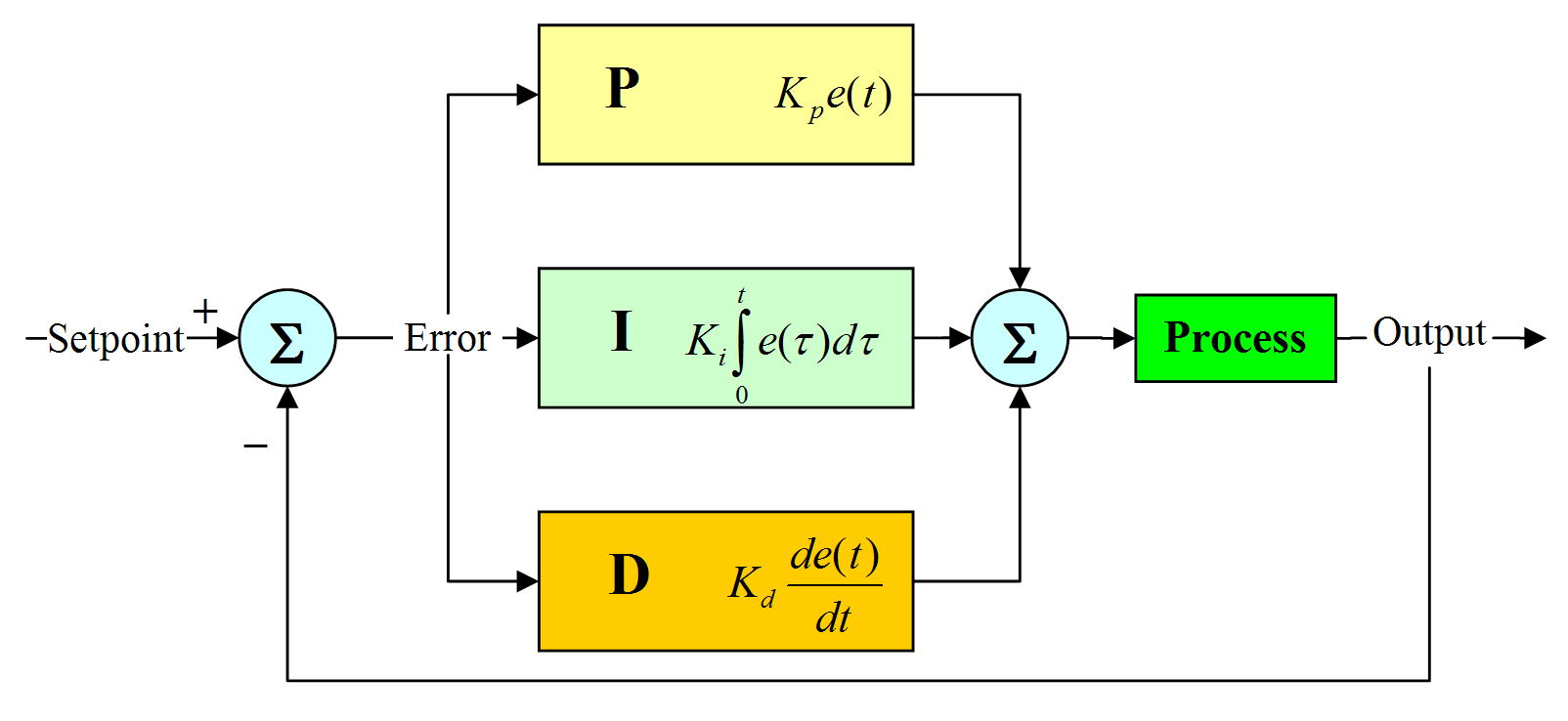Current Applications
Pumped paper pulp, pneumatically conveyed coal dust, cement, grain, plastic granules,
chalk, water flow in nuclear and industrial plants, and animal foodstuffs
Sizes
Practically unlimited
Cost
A 4-in 150 # mass flowmeter with epoxy-resin-lined, enameled steel pipe costs $6000.
If the sensor costs are not considered, the electronic detector alone is around $2000.
Nuclear power plant flow metering installations range from $25,000 to $50,000.
Partial List of Suppliers
Analysis and Measurement Services Corp. (www.ams-corp.com)
Endress
+
Hauser Inc. (www.us.endress.com)
Kajaani Electronics Ltd. (Finland)
The oldest and simplest methods of flow measurement are
the various tagging techniques. Here, a portion of the flowstream
is tagged at some upstream point, and the flow rate
is determined as a measurement of transit time. Variations of
this technique include particle tracking, pulse tracking, and
dye or chemical tracing, including radioactive types. The
advantages of tagging techniques include the ability to measure
the velocity of only one component in a multicomponent
flowstream without requiring calibration or pipeline penetration.
For example, electromagnetic tagging of gas-entrained
particles allows for the determination of their speed through
the detection of their time of passage between two points that
are a fixed distance from each other.
Flow metering based on correlation techniques
is similar
in concept to the tagging or tracing techniques, because
it also detects transit time. As illustrated in Figure 2.5a, any
measurable process variable that is noisy (displays localized
 variations in its value) can be used to build a correlation
variations in its value) can be used to build a correlationflowmeter. The only requirement is that the noise pattern must
persist long enough to be seen by both detectors
A
and
B
as
the flowing stream travels down the pipe. Flow velocity is
obtained by dividing the distance (between the identical pair
of detectors) by the transit time. In recent years, the required
electronic computing hardware, with fast pattern recognition
capability, has become available. Consequently, it is feasible
to build on-line flowmeters using this technique.
3
The following process variables display persistent enough
noise patterns (or local fluctuations) that correlation flowmeters
can be built by using an identical pair of these sensors:
Density
Pressure
Temperature
Ultrasonics
Gamma radiation
Capacitive density
Conductivity
Several of the above process variables (such as temperature,
4,5
gamma radiation, and capacitive density
6
) have
been investigated as potential sensors for correlation flowmeters.
One instrument has been developed that uses the
principle of ultrasonic cross-correlation to measure heavywater
flow.
3
Others are available for paper pulp applications
using photometric sensors and for solids flow measurement
utilizing capacitance detectors (Figure 2.23v). For crosscorrelation
flowmeters applied in solids flow applications,
refer to Section 2.23.
When fully developed, correlation flow metering can
extend the ability to measure flow not only into the most
hostile process environments but also into areas of multiphase
flow and into three-dimensional flow vectoring.






